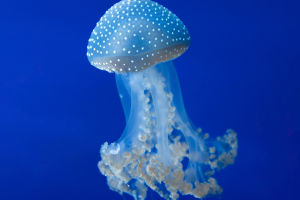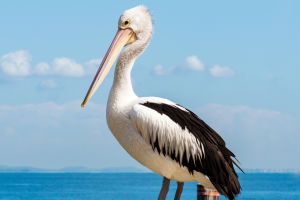Hi Lykkers! A special moment has arrived with this captivating image of a lion cub, a symbol of both innocence and emerging strength.
Innocence and Strength: The Lion Cub
Let’s explore the world of these young predators and learn about their early life in the wild.
Life in the Pride
Lion cubs are usually born in litters of two to four, and they remain hidden in thick vegetation for the first few weeks of their lives. During this period, they are completely dependent on their mothers, who nurse and protect them from danger. As they grow stronger, they begin to venture out and join the rest of the pride, where they are introduced to the social hierarchy that will govern much of their lives.
Interaction with other cubs and adult lions is essential for their development. Play-fighting and pouncing on each other mimic the hunting and defensive skills they will need later in life. By observing the adults during hunts, cubs slowly learn to master the skills needed to survive in the wild.
Development and Learning
The early stages of a lion cub's life are crucial for its survival. From birth to about three months of age, the cub is entirely reliant on its mother’s milk for nourishment. By three months, they start eating meat, typically from kills made by the pride’s adults. Cubs watch and imitate the hunting techniques of older lions, learning to stalk, pounce, and coordinate during hunts.
Play is an essential part of a cub's learning process. Through mock fights with siblings, cubs develop agility, strength, and the tactics needed for hunting. These playful interactions also strengthen the bond between pride members, as lions are highly social creatures that rely on group cooperation for survival.
Challenges and Survival
Despite their cuteness, lion cubs face significant challenges in their early life. Nearly half of all cubs do not survive to adulthood due to threats such as starvation, disease, and attacks from rival males or predators. When new males take over a pride, they may kill the cubs of the former pride leader to ensure that only their own offspring carry on the pride’s lineage. This brutal act, while tragic, is a natural part of the cycle that governs the social structure of lions.
However, the cub’s mother will fiercely defend her young, and the pride as a whole works together to protect the vulnerable members. The cub's survival ultimately depends on the strength and stability of the pride.
Growing Into Strength
As the cubs grow older, around the age of two, they reach adolescence and begin to take part in hunts. Male cubs, once they mature, will eventually leave the pride to seek new territories or join bachelor groups until they are strong enough to challenge other males for control of a pride. Female cubs, on the other hand, often stay with the pride, contributing to the group’s hunting efforts and helping raise new generations of cubs.
The journey from playful cub to dominant lion is a testament to the strength and resilience of these magnificent animals. Watching a cub take its first steps in the wild is a reminder of the delicate balance between innocence and the harsh realities of life in the wild.
Tips and Price Range
1. Best Time to See Lion Cubs in the Wild: For those interested in witnessing lion cubs in their natural habitat, the best time to visit regions like the Serengeti in Tanzania or the Kruger National Park in South Africa is during the dry season, typically between June and October. During this time, cubs are more visible as they venture out with the pride.
Serengeti National Park
Kruger National Park
2. What to Bring on Safari: A good camera with a telephoto lens is essential for capturing moments like this. Binoculars, sunscreen, a hat, and plenty of water are also necessary for long days of safari adventure.
3. Cost: A safari in a region where lions roam freely, such as the Maasai Mara or Kruger National Park, can range from $1,500 to $4,000 USD per person, depending on the length of stay, accommodation, and level of luxury.
Fun Facts
Lion cubs are a symbol of both innocence and future strength. From their early days of dependency on their mothers to learning the essential skills needed for survival, these young lions face both playful moments and harsh challenges. Raised within the pride, they grow into powerful predators capable of contributing to the group’s success. Watching a cub grow into its strength is a captivating experience, filled with lessons about resilience and survival.


